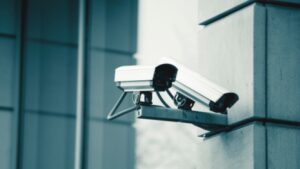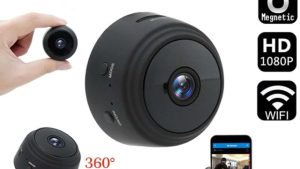AI Visual Inspection: Key Takeaways
Concept
Al visual inspection bases itself on traditional computer vision
methods and human vision.
Choice
Deep learning model development approach depends on the task, delivery time, and budget limits.
Algorithm
Deep learning algorithms detect defects by imitating a human analysis while running a computerized system.
Architecture
Software & hardware should correspond to deep learning model capacity.
Main question
When initiating a visual inspection, the main question is “What defects should the system detect?”
Improvements
After deployment, deep learning model becomes “smarter” through data accumulation.
At present, Nanonets doesn’t support standalone visual inspection models.
Artificial Intelligence is turning out to be a game changer, with countless applications in nearly every domain. It is now making its way into the area of Production and Manufacturing, allowing it to harness the power of deep learning and in doing so, providing automation that is faster, cheaper and more superior. This article aims to give a brief understanding of automated visual assessment and how a deep learning approach can save significant time and effort.
What is Visual Inspection ?
Visual Inspection in Manufacturing
Identification of Defects using Automated Visual Inspection Technology
It involves the analysis of products on the production line for the purpose of quality control. Visual inspection can also be used for internal and external assessment of the various equipment in a production facility such as storage tanks, pressure vessels, piping, and other equipment.
Automated Classification
Parts classification of a PCB (Source: Radiant Vision Systems)
It is a process that takes place at regular intervals of time, such as day-to-day. It has been shown repeatedly that visual inspection results in the discovery of most hidden defects during production.
When and where is Visual Inspection needed ?
While Visual inspection is used in manufacturing for quality or defect assessment, in non-production environments, it can be used to determine whether the features indicative of a “target” are present and prevent potential negative impacts.
Automated Visual Inspection in automobiles , VLSI defect, assembly line, car surface defect
Some scenarios where visual inspection is necessary.
use case of visual inspection in different industries
Industries making use of visual inspection. (source: NECAM)
Among the many industries where visual inspection is required, there are several where visual inspection is considered to be of very high consequence and is high priority activity due to the potentially high cost of any errors that may arise via inspection such as injury, fatality, loss of expensive equipment, scrapped items, rework, or a loss of customers. Such fields where visual inspection is prioritised include nuclear weapons, nuclear power, airport baggage screening, aircraft maintenance, food industry, Wearable AI medicine and pharmaceuticals.




